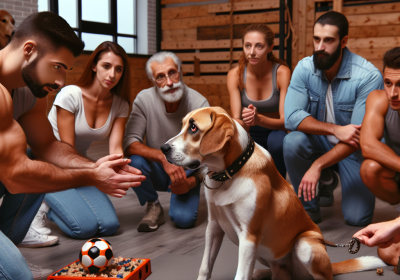Combining Canine Freework with Mental Exercises
Table of Contents
- Enhancing Canine Freework with Puzzle Toys
- Integrating Scent Work into Canine Freework Routines
- Using Agility Courses to Boost Mental Stimulation in Canine Freework
Combining Canine Freework with Mental Exercises
Canine Freework, a concept rooted in allowing dogs to explore their environment freely and engage in natural behaviors, has gained traction as a method to enhance a dog’s physical and emotional well-being. When integrated with mental exercises, this approach can significantly amplify the benefits, leading to a more balanced and fulfilled canine companion. Mental exercises, which include problem-solving tasks, scent work, and interactive games, stimulate a dog’s cognitive functions, promoting mental agility and reducing stress. By merging these two methodologies, dog owners can create a holistic enrichment program that caters to both the physical and mental needs of their pets. This combination not only fosters a deeper bond between the dog and owner but also contributes to the overall health and happiness of the dog, making it a comprehensive strategy for canine enrichment.
Enhancing Canine Freework with Puzzle Toys
Combining Canine Freework with Mental Exercises
Canine freework, a practice that allows dogs to explore their environment freely, is an excellent way to stimulate their natural instincts and provide physical exercise. However, to maximize the benefits of freework, integrating mental exercises through the use of puzzle toys can significantly enhance the overall experience for your canine companion. By doing so, you not only engage their physical senses but also challenge their cognitive abilities, leading to a more balanced and fulfilled pet.
To begin with, canine freework involves allowing dogs to navigate and interact with their surroundings without direct human intervention. This practice encourages them to use their senses of smell, sight, and hearing to explore and understand their environment. It is particularly beneficial for dogs with high energy levels or those that require additional mental stimulation. However, while freework is excellent for physical engagement, it can sometimes lack the cognitive challenges that are crucial for a dog’s mental well-being.
Incorporating puzzle toys into freework sessions can bridge this gap effectively. Puzzle toys are designed to stimulate a dog’s problem-solving skills and can range from simple treat-dispensing toys to more complex interactive games. These toys require dogs to think critically and use their paws, noses, and mouths to solve problems and obtain rewards. By integrating these toys into freework, you create a multifaceted experience that caters to both physical and mental needs.
For instance, during a freework session in a backyard or park, you can strategically place puzzle toys in various locations. This setup encourages the dog to explore the area while simultaneously engaging with the toys. As the dog encounters each puzzle, they must figure out how to access the treats or rewards hidden inside. This dual engagement not only keeps the dog physically active but also sharpens their cognitive skills.
Moreover, the use of puzzle toys can help address behavioral issues that stem from boredom or lack of mental stimulation. Dogs that are not mentally challenged may develop destructive behaviors, such as chewing on furniture or excessive barking. By providing puzzle toys during freework, you offer a constructive outlet for their energy and curiosity. This approach can lead to a more well-behaved and content pet.
Additionally, the combination of freework and puzzle toys can strengthen the bond between the dog and their owner. While freework allows the dog to explore independently, the introduction of puzzle toys often requires some initial guidance from the owner. This interaction fosters trust and cooperation, as the dog learns to associate the owner with positive experiences and rewards. Over time, this can enhance the overall relationship and communication between the two.
Furthermore, the variety of puzzle toys available ensures that there is something suitable for every dog, regardless of their age, size, or breed. From simple toys for beginners to more advanced puzzles for experienced dogs, the options are vast. This variety allows owners to tailor the mental challenges to their dog’s specific needs and abilities, ensuring that the experience remains engaging and beneficial.
In conclusion, enhancing canine freework with puzzle toys is a holistic approach that addresses both the physical and mental needs of dogs. By integrating these elements, you create a stimulating environment that promotes overall well-being and reduces the likelihood of behavioral issues. This combination not only benefits the dog but also strengthens the bond between pet and owner, leading to a more harmonious and fulfilling relationship.
Integrating Scent Work into Canine Freework Routines
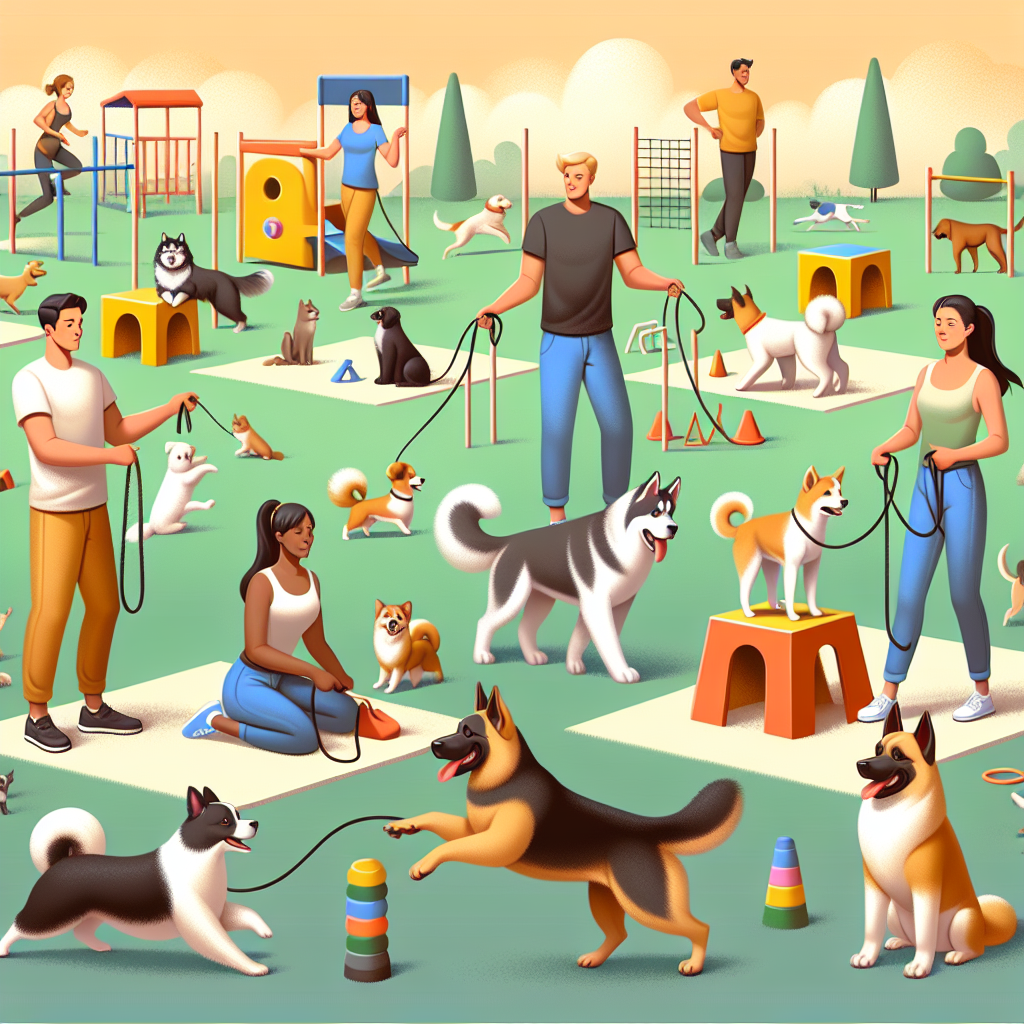
Integrating scent work into canine freework routines can significantly enhance the overall experience for both the dog and the handler. Canine freework, which emphasizes the dog’s freedom to explore and engage with their environment, can be enriched by incorporating scent work, a mentally stimulating activity that leverages a dog’s natural olfactory abilities. By combining these two elements, handlers can create a more comprehensive and fulfilling exercise regimen that promotes both physical and mental well-being for their canine companions.
To begin with, it is essential to understand the fundamentals of scent work. Scent work involves training dogs to identify and locate specific scents, often through the use of essential oils or other distinct odors. This activity taps into a dog’s innate ability to detect and differentiate between a vast array of smells, providing a challenging and rewarding mental exercise. When integrated into freework routines, scent work can add an additional layer of complexity and engagement, encouraging dogs to use their noses to explore their surroundings more thoroughly.
One effective way to incorporate scent work into freework is by setting up scent trails or hidden scent targets within the freework area. This can be done by placing small containers with scented materials in various locations, allowing the dog to discover them as they move freely through the space. As the dog encounters these scent targets, they can be rewarded with treats or praise, reinforcing the positive association with the activity. This approach not only stimulates the dog’s mind but also encourages natural behaviors such as sniffing and searching, which are integral to their well-being.
Moreover, integrating scent work into freework routines can help address behavioral issues by providing an outlet for excess energy and reducing stress. Dogs that are mentally stimulated are less likely to engage in destructive behaviors, as they are more focused and content. Additionally, the combination of physical activity and mental challenges can lead to a more balanced and well-rounded dog, capable of handling various situations with greater ease.
Transitioning from basic freework to incorporating scent work requires careful planning and gradual progression. Handlers should start with simple scent exercises, allowing the dog to become familiar with the concept of searching for specific odors. As the dog gains confidence and proficiency, the complexity of the scent work can be increased, introducing more challenging scent trails and hidden targets. This gradual approach ensures that the dog remains engaged and motivated, preventing frustration and maintaining a positive learning experience.
Furthermore, it is important to consider the individual needs and preferences of each dog when integrating scent work into freework routines. Some dogs may be more naturally inclined towards scent work, while others may require additional encouragement and training. Handlers should be attentive to their dog’s responses and adjust the activities accordingly, ensuring that the experience remains enjoyable and rewarding for the dog.
In conclusion, combining scent work with canine freework routines offers a multitude of benefits, enhancing both the physical and mental well-being of dogs. By leveraging a dog’s natural olfactory abilities and incorporating mentally stimulating activities into their freework, handlers can create a more engaging and fulfilling exercise regimen. This integrated approach not only promotes natural behaviors and reduces stress but also helps address behavioral issues and fosters a stronger bond between the dog and handler. Through careful planning and gradual progression, handlers can successfully integrate scent work into their freework routines, providing their canine companions with a holistic and enriching experience.
Using Agility Courses to Boost Mental Stimulation in Canine Freework
Combining Canine Freework with Mental Exercises
Using Agility Courses to Boost Mental Stimulation in Canine Freework
Canine freework, a practice that allows dogs to explore their environment freely and engage in natural behaviors, has gained popularity among dog owners and trainers. This approach not only provides physical exercise but also enhances mental stimulation, which is crucial for a dog’s overall well-being. Integrating agility courses into canine freework can significantly amplify the mental benefits, creating a more enriching experience for the dog.
Agility courses, traditionally used in competitive dog sports, consist of various obstacles such as tunnels, weave poles, and jumps. These elements require dogs to navigate through them with precision and speed, demanding both physical agility and mental acuity. When incorporated into freework sessions, agility courses can transform a simple exploration into a mentally challenging activity. This combination encourages dogs to think critically, make decisions, and solve problems, thereby enhancing their cognitive abilities.
One of the primary advantages of using agility courses in canine freework is the introduction of novel stimuli. Dogs are naturally curious creatures, and new experiences stimulate their minds. Agility obstacles present unfamiliar challenges that require dogs to assess and adapt their movements. For instance, a dog encountering a weave pole for the first time must figure out how to maneuver through it, engaging its problem-solving skills. This mental engagement is crucial for preventing boredom and reducing the risk of behavioral issues that often arise from a lack of mental stimulation.
Moreover, agility courses promote focus and concentration. Navigating through an agility course demands a high level of attention from the dog. Each obstacle requires precise movements and timing, compelling the dog to stay focused on the task at hand. This heightened concentration can be particularly beneficial for high-energy breeds that may struggle with impulse control. By channeling their energy into a structured activity, these dogs can learn to manage their impulses more effectively.
In addition to mental stimulation, agility courses in freework sessions can strengthen the bond between dogs and their handlers. Working together to overcome obstacles fosters a sense of teamwork and trust. Handlers can guide their dogs through the course, offering encouragement and rewards for successful navigation. This positive reinforcement not only boosts the dog’s confidence but also reinforces the handler-dog relationship. A strong bond is essential for effective training and overall harmony in the household.
Furthermore, agility courses can be tailored to suit individual dogs’ needs and abilities. For beginners, simple obstacles such as low jumps or short tunnels can be introduced gradually. As the dog becomes more proficient, more complex elements like weave poles or A-frames can be added. This progressive approach ensures that the dog is continually challenged without becoming overwhelmed. Customizing the course to match the dog’s skill level keeps the activity engaging and prevents frustration.
In conclusion, integrating agility courses into canine freework sessions offers a multifaceted approach to enhancing mental stimulation. The novel challenges presented by agility obstacles engage dogs’ problem-solving skills, promote focus and concentration, and strengthen the bond between dogs and their handlers. By tailoring the course to individual needs, handlers can ensure a positive and enriching experience for their dogs. This combination of physical and mental exercise is essential for maintaining a dog’s overall health and well-being, making agility courses a valuable addition to any canine freework routine.
Read more about Canine Freework
Canine Freework and Mental Stimulation
– The Importance of Mental Stimulation for Dogs
– How Canine Freework Can Provide Mental Stimulation
– Creating Challenging Canine Freework Tasks for Dogs
– Combining Canine Freework with Mental Exercises
– Overcoming Mental Challenges in Canine Freework


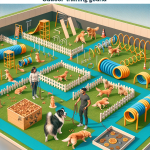
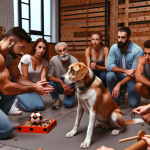
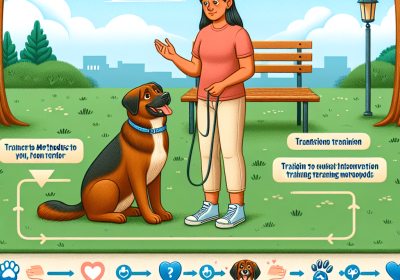
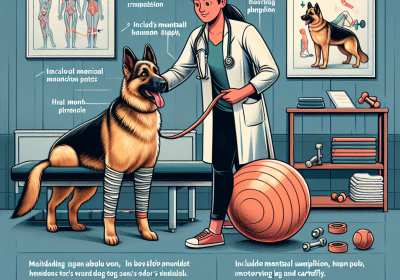
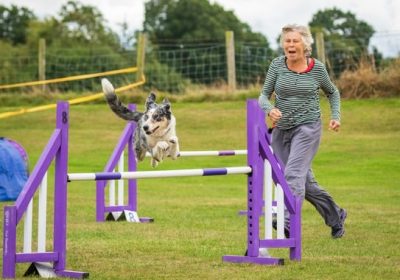
![The Dog Podcast Uncovers Startling Truths About What We Feed Our Dogs [Press Release]](https://wordcraftershub.com.au/wp-content/uploads/2024/08/dalmatian-dog-food-400x280.jpg)
